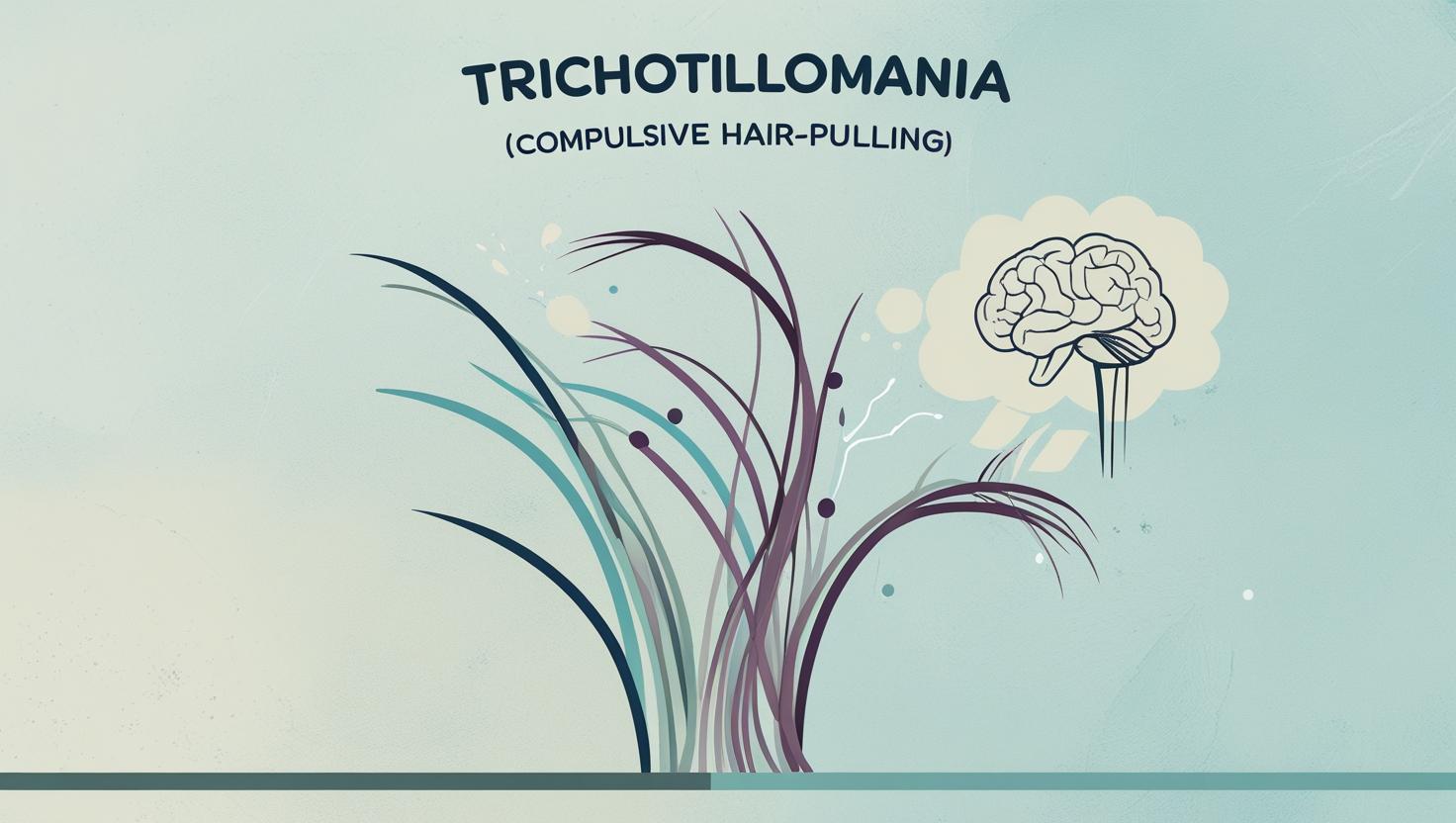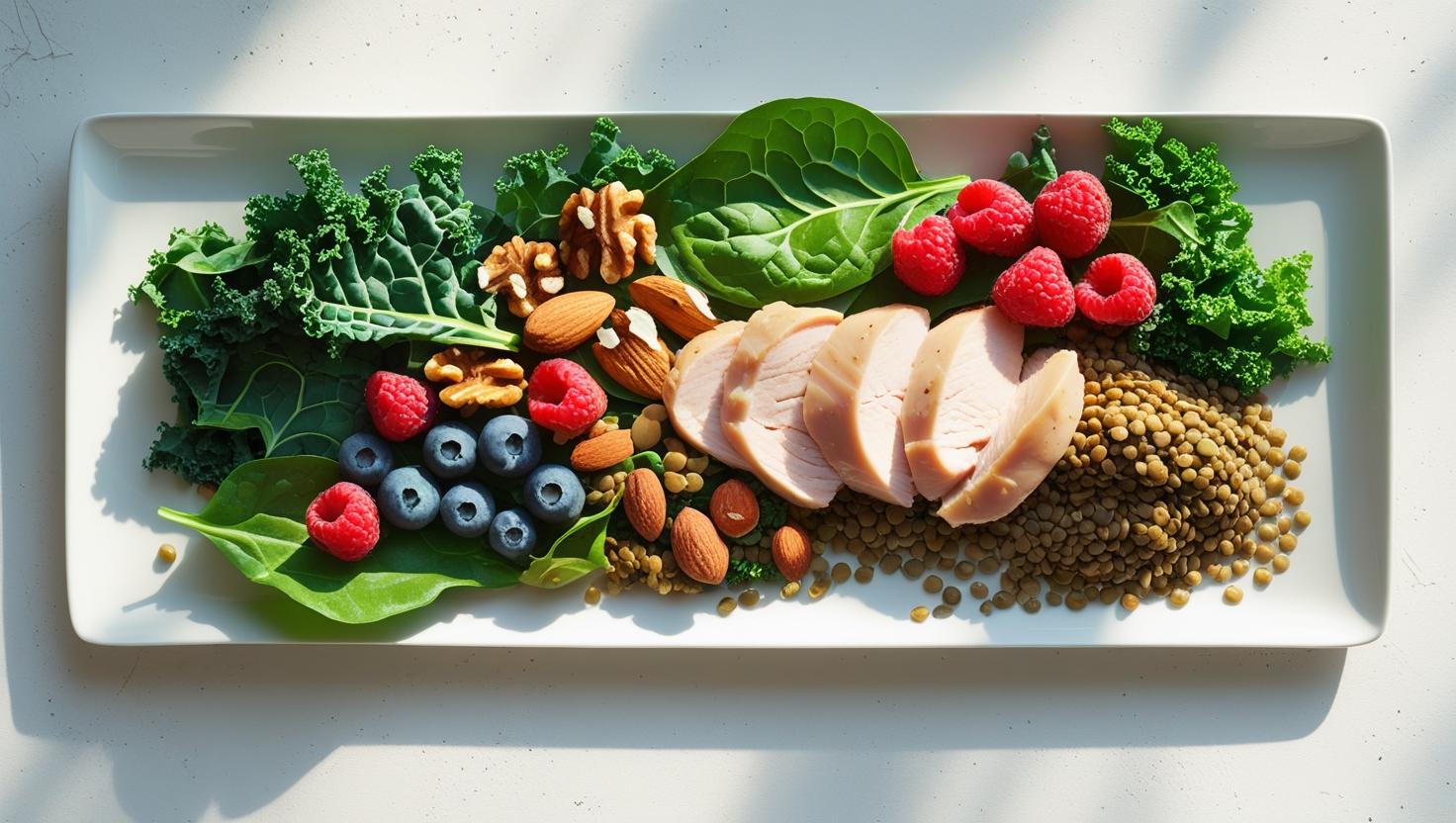Rice is one of the most consumed foods in the world. From sushi in Japan to curries in India, this staple grain feeds billions of people daily. But amid rising health awareness and diet trends, many ask: is rice healthy for you?
This article explores the nutritional profile of rice, the key differences between white and brown rice, potential health benefits and risks, and whether rice deserves a place in your healthy eating plan.
What Is Rice?
Rice is a cereal grain that belongs to the grass family. It’s a primary source of carbohydrates for more than half the global population. There are over 40,000 types of rice, but the most common categories are:
- White rice – Refined grain with husk, bran, and germ removed
- Brown rice – Whole grain with the bran and germ intact
- Wild rice – Technically a seed, not a true rice, but nutrient-rich
- Basmati and Jasmine rice – Aromatic long-grain varieties
Each variety has its own texture, flavor, and nutritional value.
Is Rice Healthy for You? A Nutritional Breakdown
Let’s look at the basic rice nutrition per 1 cup (cooked):
| Nutrient | White Rice | Brown Rice |
|---|---|---|
| Calories | 205 | 215 |
| Carbohydrates | 45g | 45g |
| Protein | 4g | 5g |
| Fiber | 0.6g | 3.5g |
| Fat | 0.4g | 1.8g |
| Vitamins & Minerals | Low | Rich in magnesium, B vitamins |
From this, we can see that brown rice is nutritionally superior to white rice due to its higher fiber and micronutrient content.
Health Benefits of Rice
So, is rice healthy for you? When chosen wisely and consumed in the right portions, rice offers several health benefits:
1. Provides Quick Energy
Rice is rich in carbohydrates, which are the body’s primary energy source. This makes it ideal for athletes and active individuals.
2. Naturally Gluten-Free
All types of rice are naturally gluten-free, making them a safe grain for people with celiac disease or gluten sensitivity.
3. Supports Digestion (especially brown rice)
The fiber in brown rice supports gut health, aids digestion, and helps prevent constipation.
4. May Lower Cholesterol
Whole grain rice like brown or red rice contains plant compounds (like lignans and antioxidants) that may help lower LDL cholesterol levels.
5. Versatile in Cooking
Rice can be part of various healthy meals—from stir-fries to Buddha bowls. It absorbs flavors well and pairs with proteins and vegetables.
Is White Rice Unhealthy?
White rice is often criticized in health circles, but it’s not inherently bad. It’s lower in fiber and nutrients because it’s refined. However, it has benefits:
- Easy to digest
- Fewer antinutrients (like phytic acid)
- Fortified with folic acid in many countries
For people with sensitive digestive systems, white rice may be easier to tolerate than brown rice.
Brown Rice vs White Rice
The main difference lies in processing. Brown rice retains its outer layers (bran and germ), providing more fiber, vitamins, and minerals. White rice is stripped of these layers for a softer texture and longer shelf life.
Brown rice wins for nutrition, but it also takes longer to cook and may have a chewier texture.
What About Arsenic in Rice?
Concerns have been raised about arsenic in rice, especially in brown rice. Arsenic is a natural element found in soil and water, and rice tends to absorb more than other crops.
To reduce exposure:
- Rinse rice thoroughly before cooking
- Use a 6:1 water-to-rice ratio and drain excess water
- Vary your grains (quinoa, millet, barley)
Is Rice Good for Weight Loss?
Rice isn’t inherently fattening, but portion control matters. Brown rice may help with weight management due to its higher fiber and satiety value. Meanwhile, eating large portions of white rice regularly without exercise may contribute to weight gain.
Glycemic Index: Does Rice Spike Blood Sugar?
White rice has a higher glycemic index (GI), meaning it can raise blood sugar levels faster. Brown rice has a lower GI and causes a more gradual rise.
To manage blood sugar:
- Pair rice with protein or healthy fats
- Choose brown or wild rice
- Avoid instant or highly processed rice
How to Make Rice Healthier
- Add vegetables to rice dishes for fiber and volume
- Use herbs and spices instead of salt or sauces
- Try cauliflower rice for a low-carb alternative
- Practice mindful eating and control portions (1/2 to 1 cup cooked)
Rice in Cultural Diets
Millions of people thrive on rice-based diets. In Asia and Africa, rice is consumed daily alongside vegetables, legumes, and fish — creating a balanced, nutrient-rich lifestyle.
Problems arise when rice is combined with processed meats, fried foods, or sugary sauces — not the rice itself.
Is Rice Healthy for Kids?
Yes, when served in reasonable portions. Choose whole grain options and avoid loading rice dishes with butter, salt, or cheese. Mix with vegetables and lean proteins for balanced nutrition.
Final Verdict: Is Rice Healthy for You?
Yes, rice can be healthy when consumed as part of a balanced diet. The key is to choose whole-grain varieties when possible, watch your portions, and combine rice with fiber, protein, and healthy fats.
If you have specific goals like blood sugar control, weight loss, or digestive health, brown rice may offer more benefits. But even white rice has its place — especially in active lifestyles or cultures where it’s a staple.
So, is rice healthy for you? Absolutely — if you choose wisely, cook it simply, and eat it in moderation.





